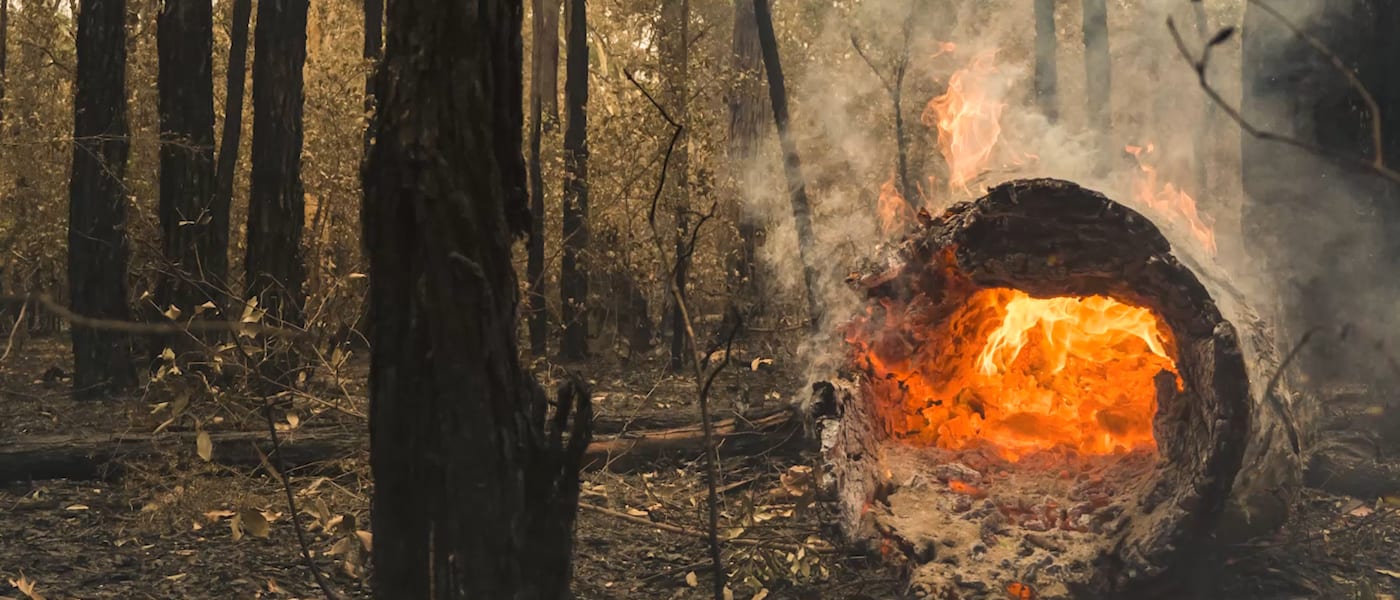Unraveling the Relevance of a Detailed BAL Report for Your Building
Unraveling the Relevance of a Detailed BAL Report for Your Building
Blog Article
How BAL Record Impacts Bush Fire Protection Steps
In the world of bush fire protection, the Building Strike Level (BAL) report stands as an important device that considerably affects the safety and strength of homes in fire-prone areas - BAL Report. The effect of a BAL evaluation extends far beyond simple documents; it acts as the foundation for establishing the appropriate building and construction requirements and fire protection steps essential to mitigate the risks posed by bushfires. As areas grapple with significantly extreme fire seasons, understanding just how the BAL report forms these safety actions ends up being critical for home owners, contractors, and policymakers alike
Comprehending the Bushfire Assault Level

Relevance of BAL Record Analysis

Additionally, the BAL record analysis acts as a fundamental step in following legal obligations and requirements connected to bushfire protection. Local councils and authorities often mandate the entry of a BAL record as component of the planning and structure approval procedure to make certain that residential or commercial properties are appropriately secured against bushfire risks. Stopping working to conduct a comprehensive BAL record assessment can cause poor defense measures, leaving residential properties vulnerable to ravaging bushfire events.
Building Standards Based on BAL
A comprehensive understanding of the Bushfire Attack Level (BAL) enables property proprietors to execute building requirements tailored to their details threat profile. Building standards based on BAL are essential in reducing the effect of bushfires on properties. The BAL rating classifies the prospective risk a property faces throughout a bushfire on a scale from BAL-Low to BAL-FZ (Flame Area)
Executing Fire Protection Measures
With the foundation of building standards based on Bushfire Strike Level (BAL) in position, the emphasis currently moves towards the practical application of fire protection actions to strengthen residential or commercial properties versus bushfire risks. Implementing fire security steps involves a combination of passive and energetic methods to enhance the strength of buildings in bushfire-prone locations. Passive procedures include making use of fire-resistant structure materials, setting up coal guards on vents, securing gaps in walls and roofs, and keeping a clear space around the residential property without combustible plant life. Energetic steps include having firefighting equipment readily offered, such as pipes and water pumps, as well as creating a defendable area around the property by removing plant life and having a well-kept yard. In addition, developing visit this site an evacuation strategy and making sure all locals are conscious of emergency situation procedures are vital elements of reliable fire security measures. By integrating both passive and energetic techniques, residential or commercial properties can considerably decrease their vulnerability to bushfire events and boost the security of owners.
Safeguarding Homes Versus Bushfires
Successfully securing homes versus the destructive impacts of bushfires needs a thorough and proactive technique to fire protection measures. In addition, sealing vents and spaces to stop ember breach, as well as including fire-resistant doors and windows, can help fortify the home's protection versus bushfires. By accepting a positive stance and integrating these protective actions, property owners can dramatically boost their chances of guarding their homes versus bushfires.
Conclusion
In verdict, the Bushfire Assault Degree (BAL) report plays a crucial role in identifying the required security actions against bushfires. Carrying out fire defense actions based on the BAL report is vital in securing buildings from potential bushfire threats.
In analyzing bushfire threat to properties, understanding the Bushfire Assault Degree (BAL) is a crucial visit this web-site part for applying efficient security actions. Generally, a clear understanding of the Bushfire Assault Degree is necessary for executing ample defense measures and minimizing the influence of bushfires on homes.

Report this page